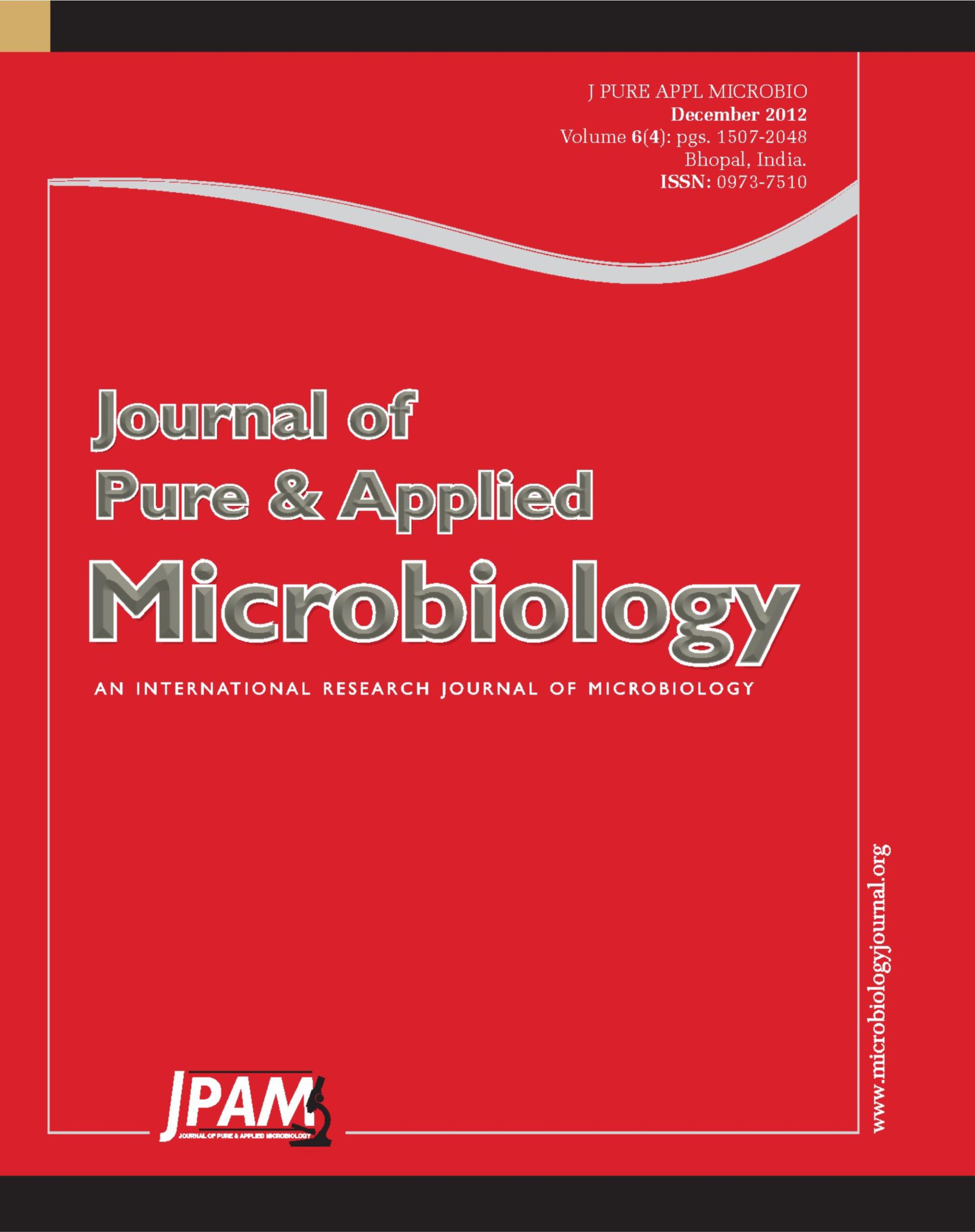The present investigation was undertaken to study the fungal decolourization of dyes. Fungal strain Trichoderma harzianum was used for decolourization of azo (Acid red) and anthraquinonic (Basic blue) dyes in liquid culture medium (PDB, Himedia). The cultures, containing dyes were filtered and centrifuged at 6000 rpm for 5 minutes and supernatant was used for spectrophotometric observations. Absorbance at 494 nm (for Acid red) and 630 nm (for Basic blue) were recorded for fungal inoculated samples and compared with un-inoculated samples or controls experiments. The applied fungal species was able to decolourize the tested dyes, as revealed by spectrophotometric analyses of the culture filtrates, which showed gradually decreased absorbances of dyes cultures. Continuous increase in the mycelial weight was also recorded during the incubation periods in dyes cultures. The magnitudes of decolourization of dyes were 51 and 70 % for Basic blue and Acid red dyes, respectively.
Decolourization, Acid red, Basic blue, Textile dyes, Trichoderma harzianum
© The Author(s) 2012. Open Access. This article is distributed under the terms of the Creative Commons Attribution 4.0 International License which permits unrestricted use, sharing, distribution, and reproduction in any medium, provided you give appropriate credit to the original author(s) and the source, provide a link to the Creative Commons license, and indicate if changes were made.


